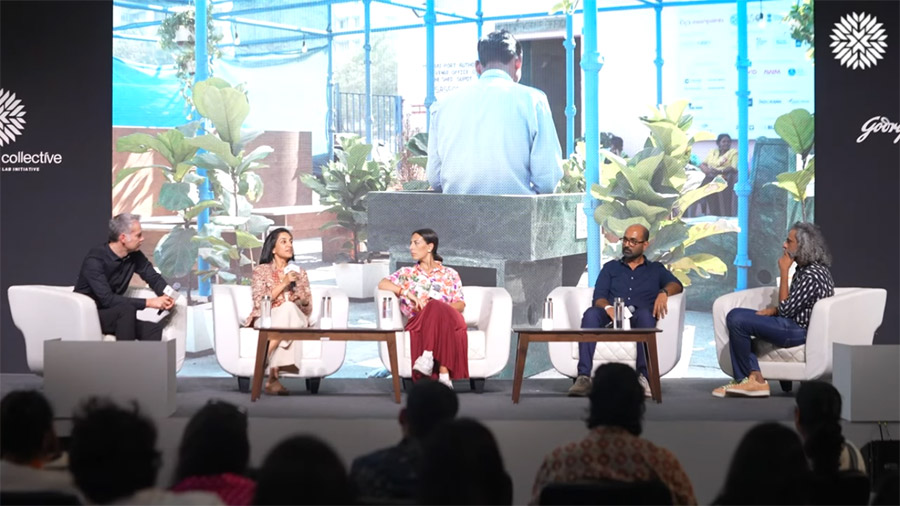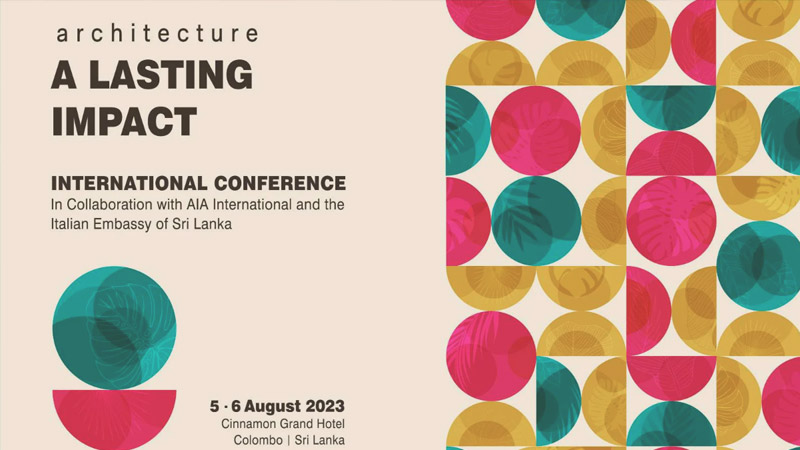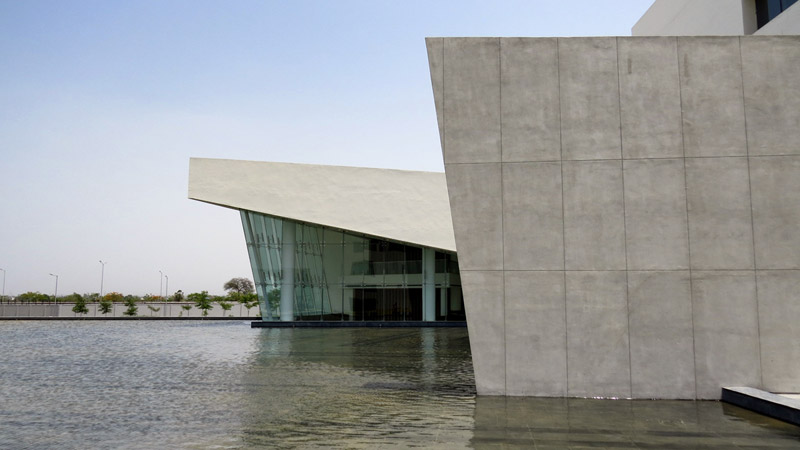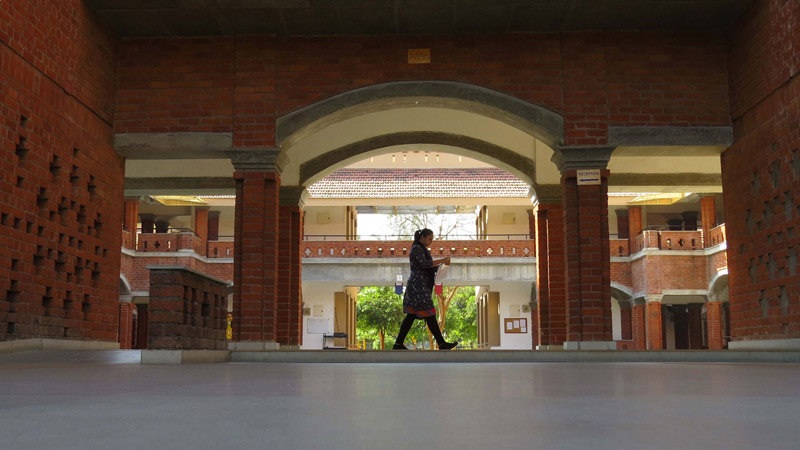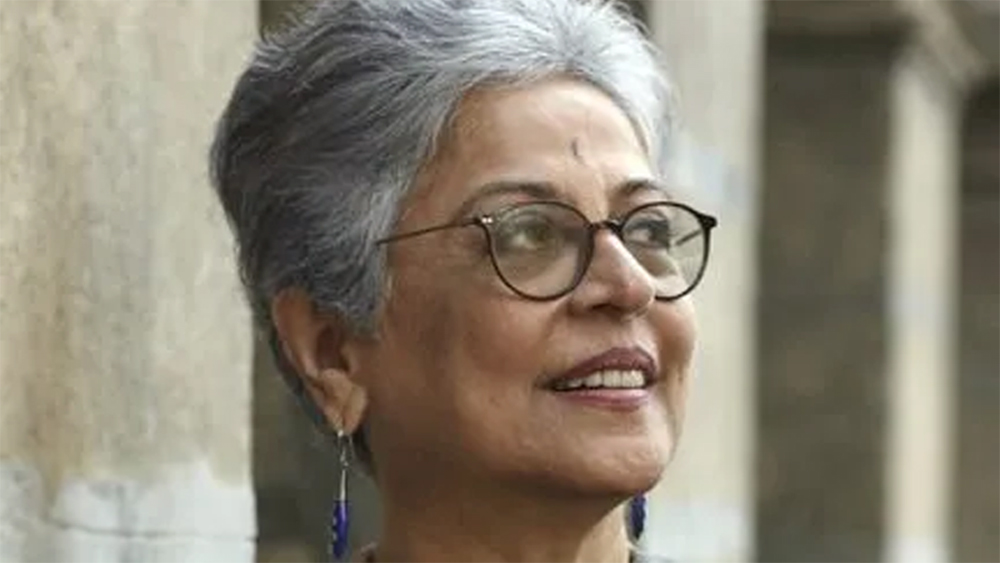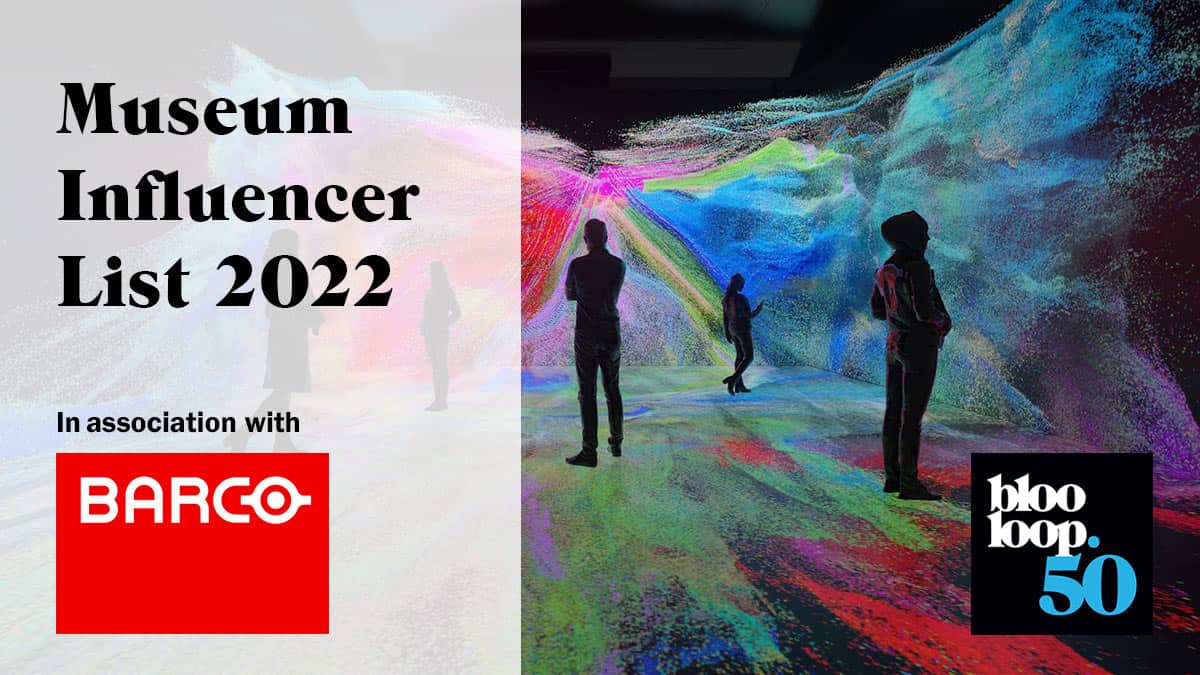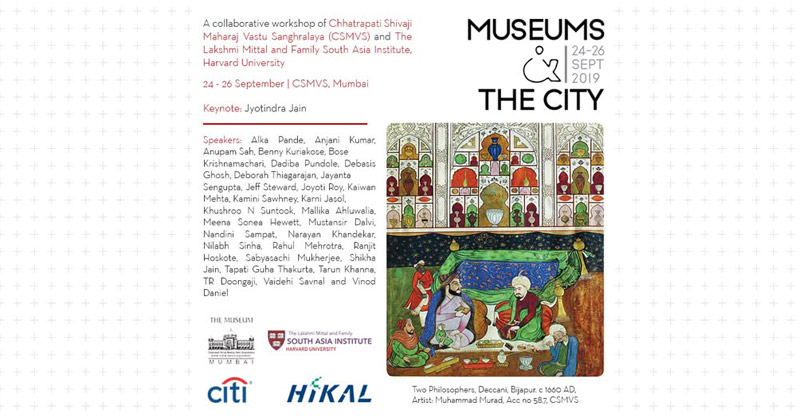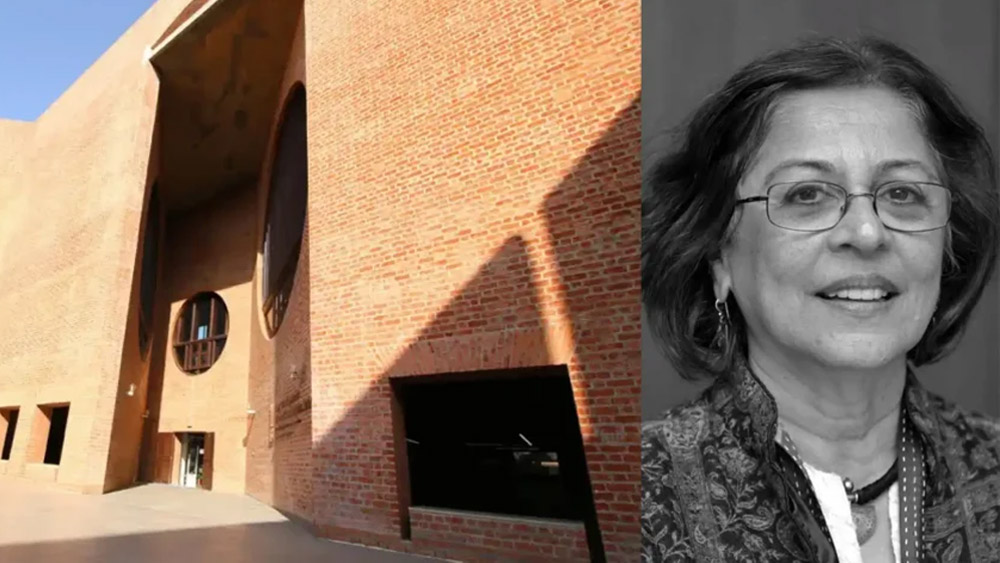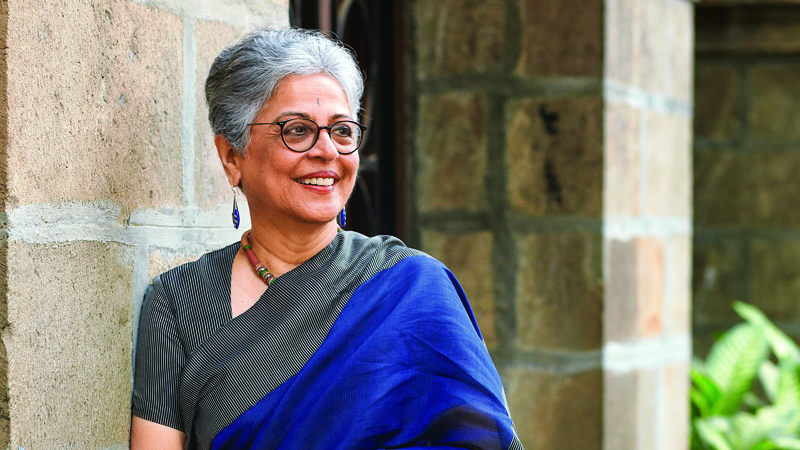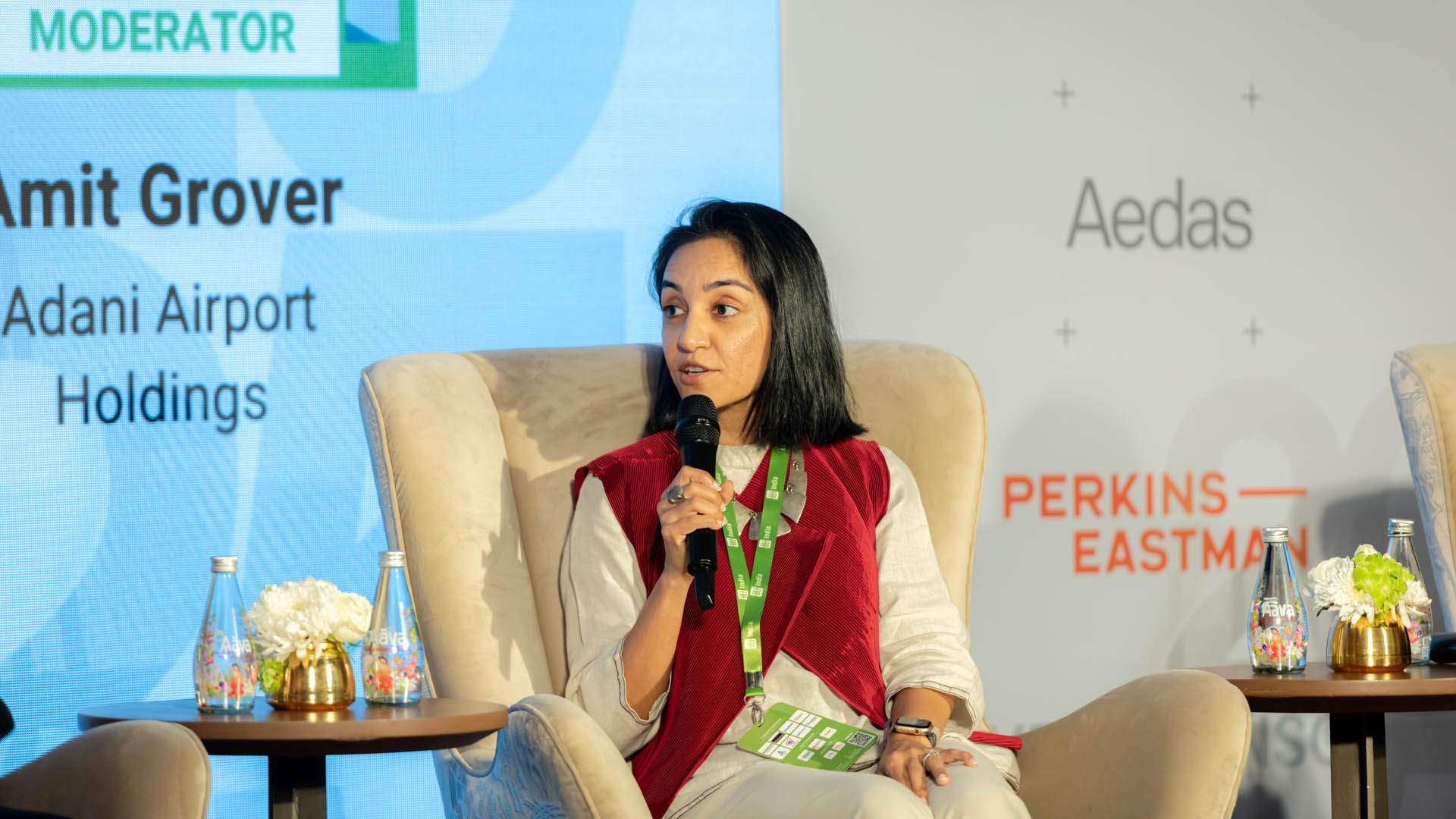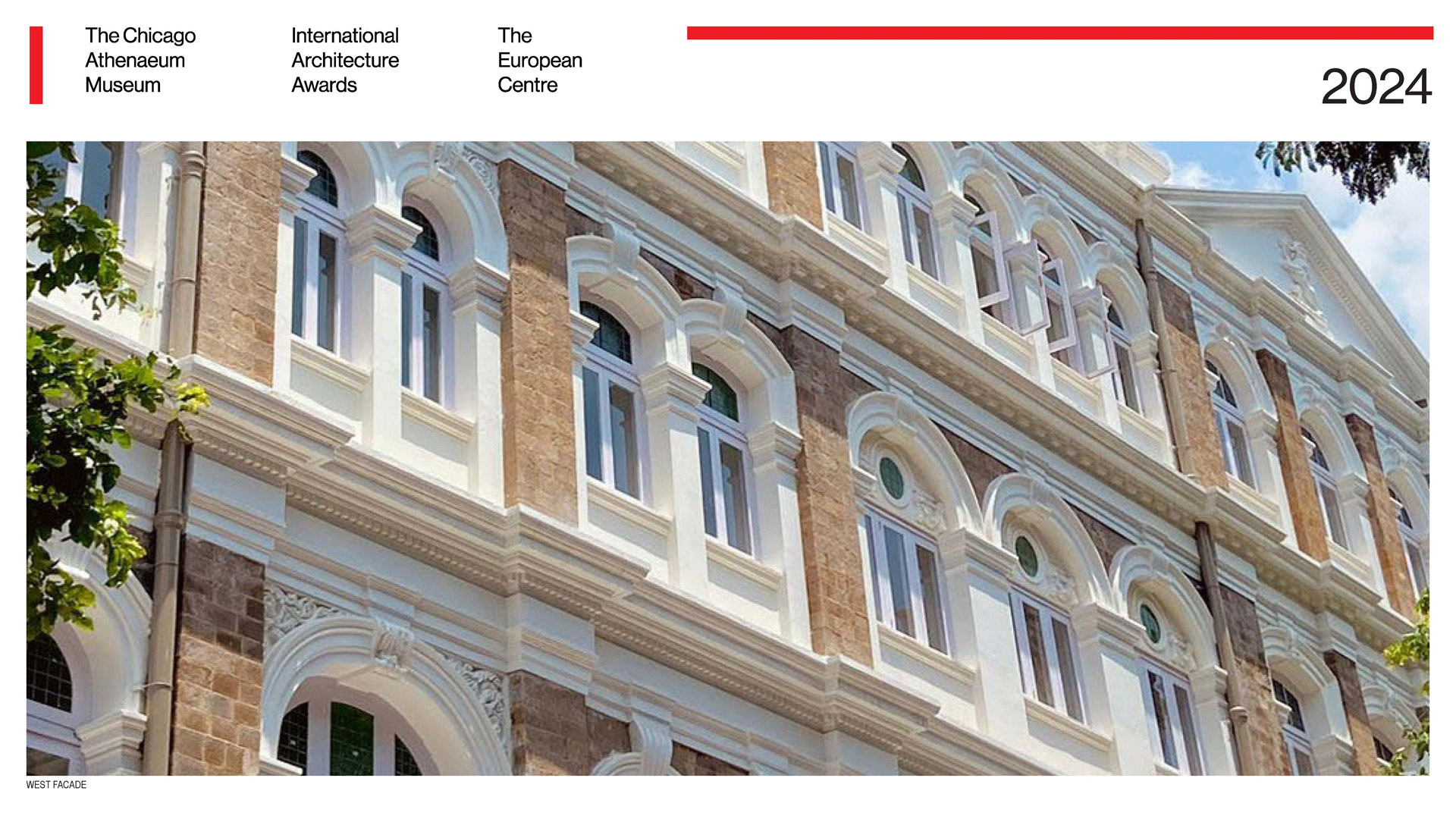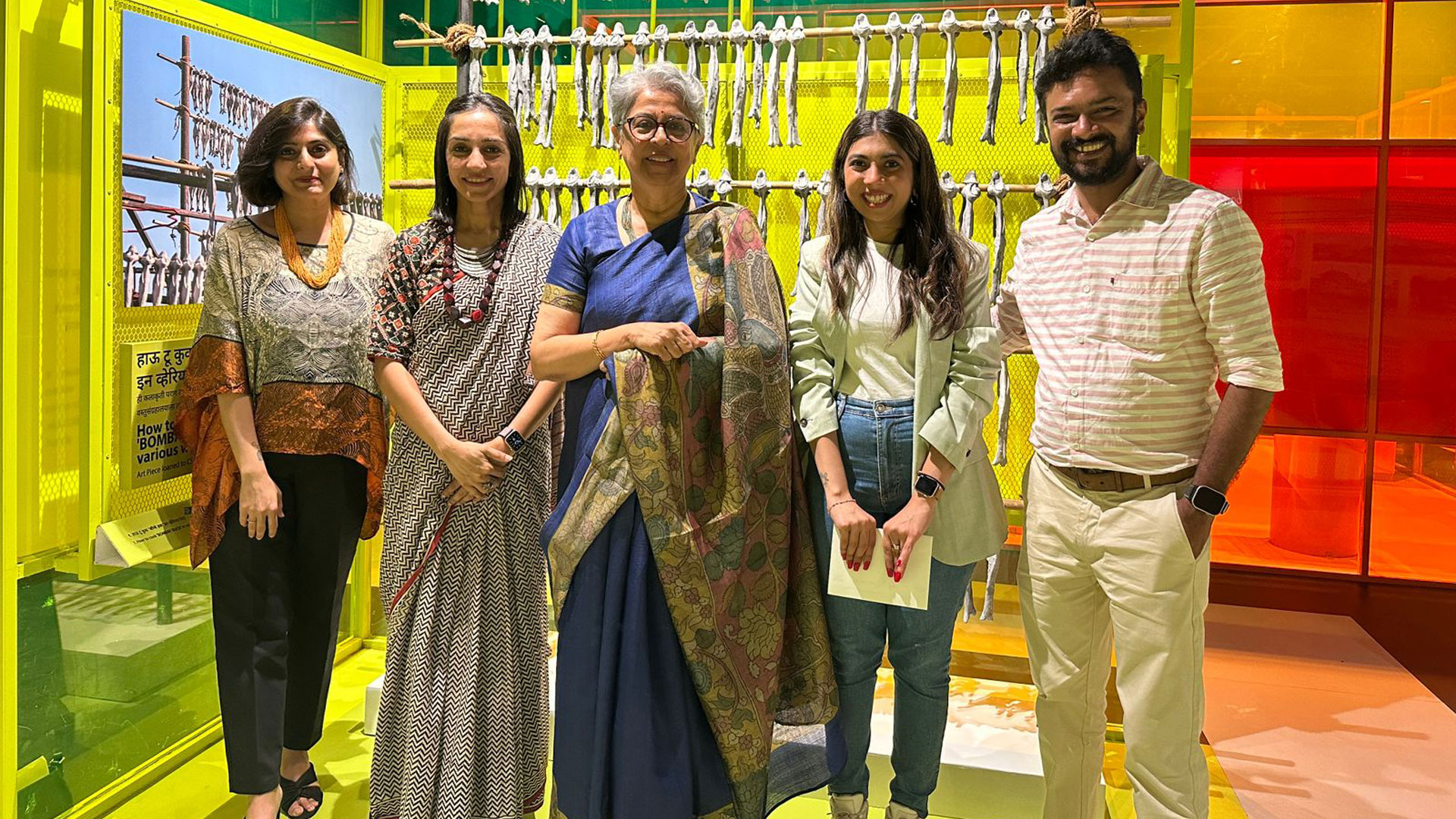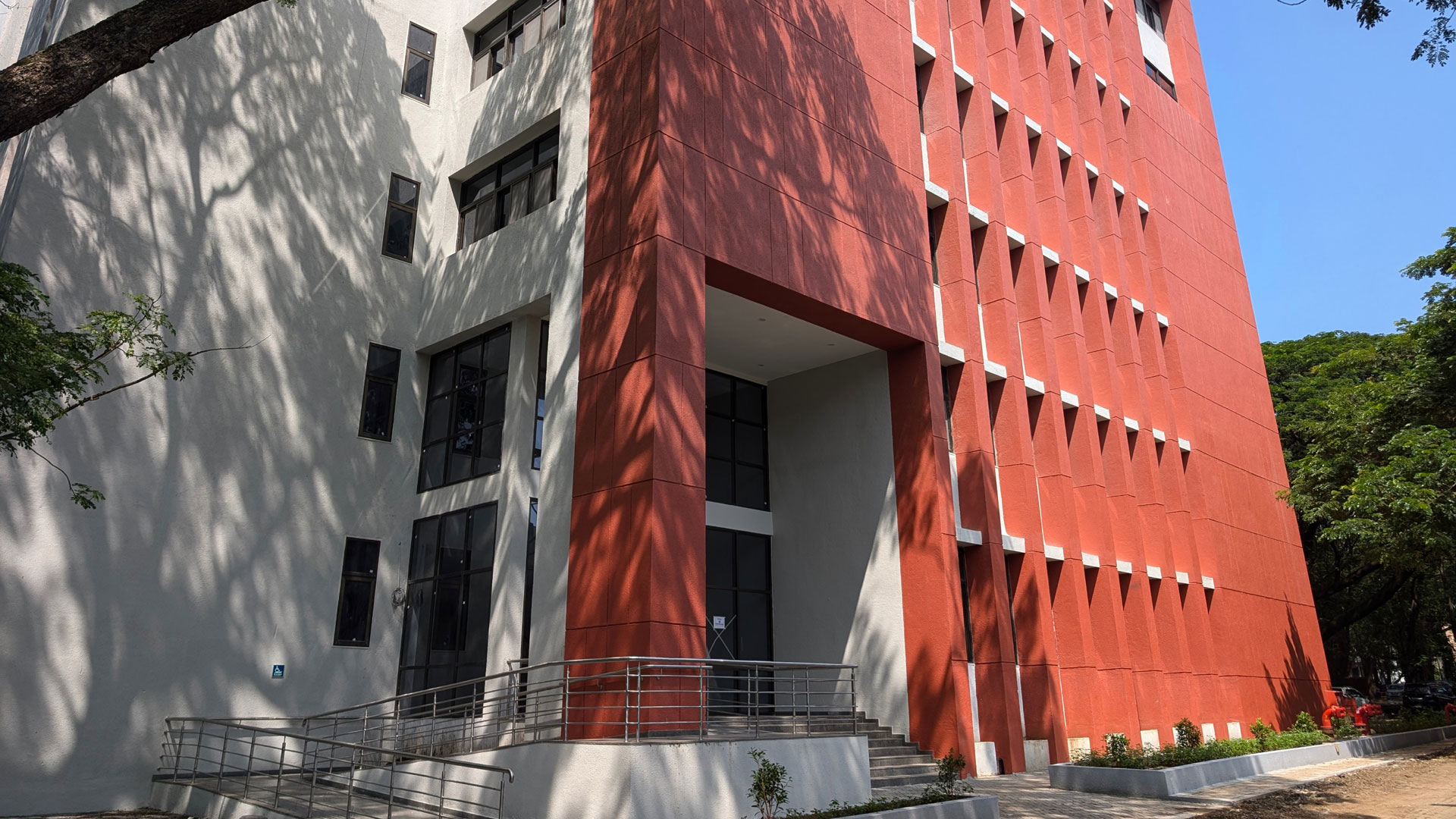-
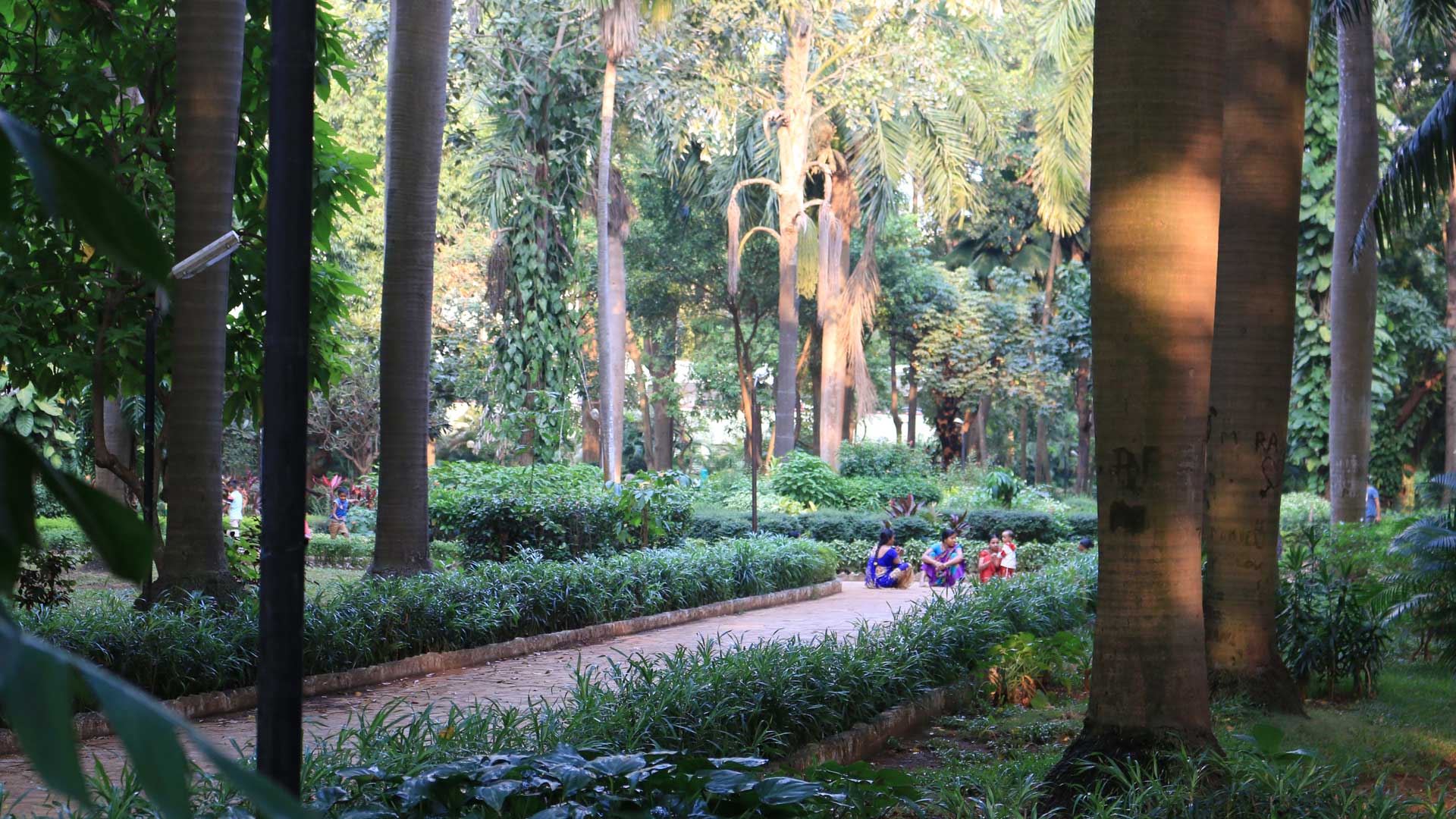 MumbaiColaba Woods
MumbaiColaba Woods
An oasis that invites the community and captivates the present
For the citizens of Mumbai, we undertook the redevelopment of a former refuse dump, transforming it into a thriving green public park that now serves as a vital urban oasis.
This project features redevelopment of a former refuse dump, transforming it into a thriving green public park that now serves as a vital urban oasis.
CLIENT
Citizens of Mumbai
BUILT-UP AREA
3,34,000 sq.ft.
SERVICES
Master Planning, Architecture, Landscape
LOCATION
Mumbai, Maharashtra
SITE AREA
7.7 Acres
YEAR OF COMPLETION
1989
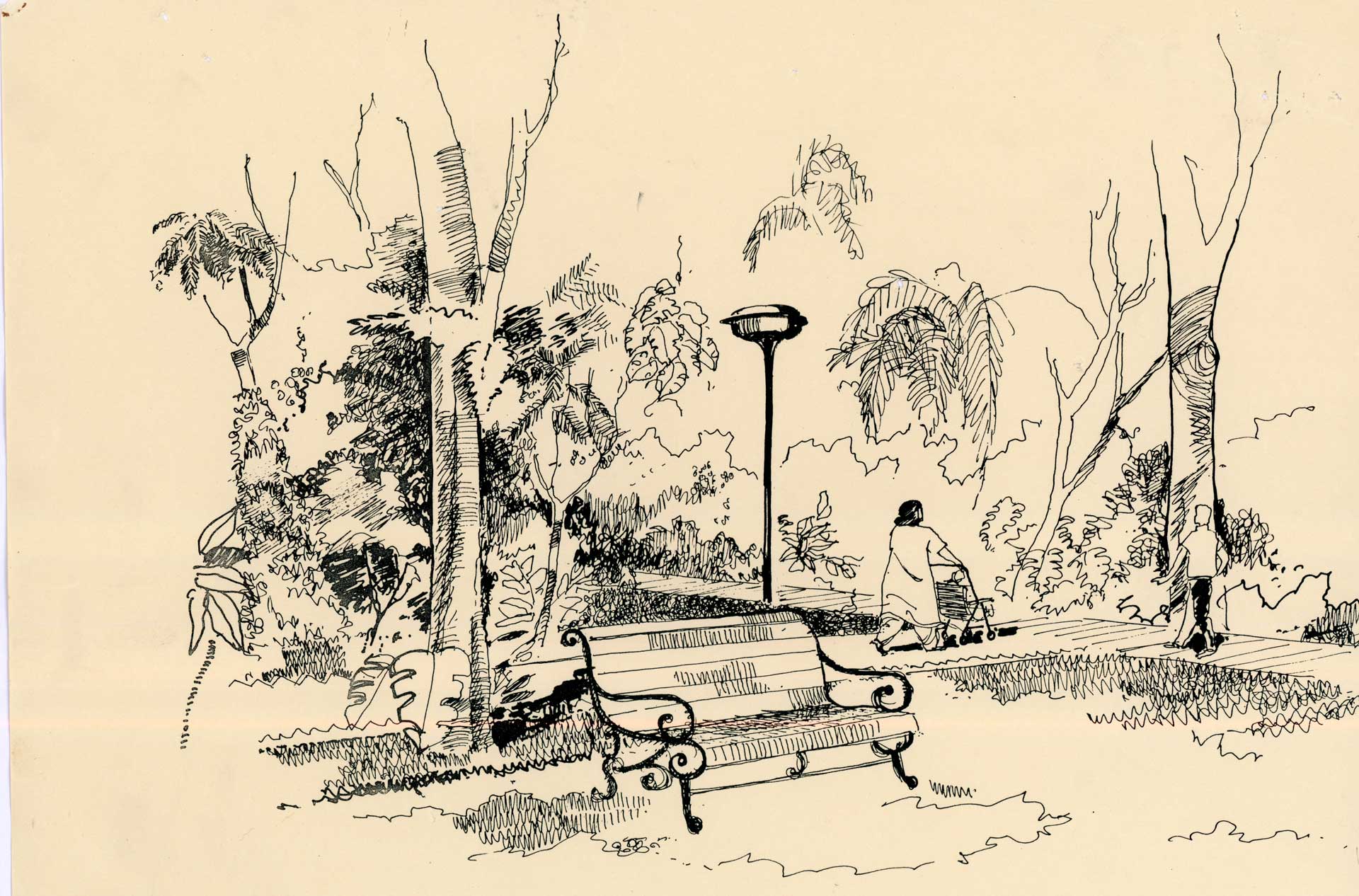
Initial drawings of the envisioned Colaba Woods Park feature seating areas, a footpath at the back, and well-lit spaces accessible throughout, with surveillance and safety measures in place to ensure inclusion for all, including both residents and visitors.
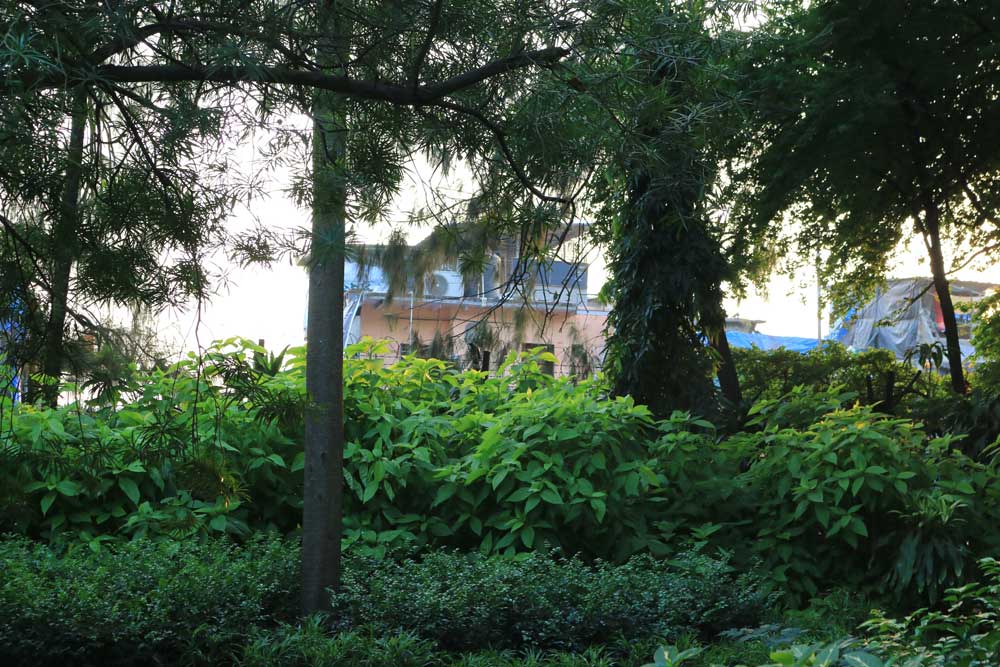
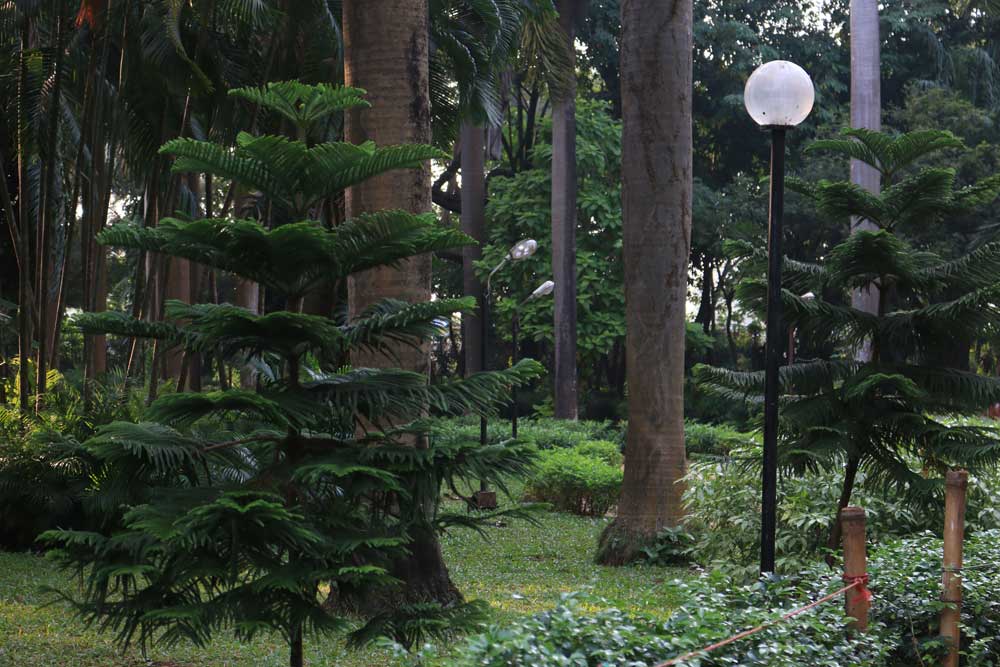
Colaba Woods is situated near the President Hotel in Colaba,Mumbai. This wooded garden, nestled amidst towering skyscrapers, originated when the Tata Electric Company acquired an eight-acre plot from the MCGM, which was then a refuse dump. Over time, it was transformed into a lush green space, now serving as the lungs of the Cuffe Parade locality.
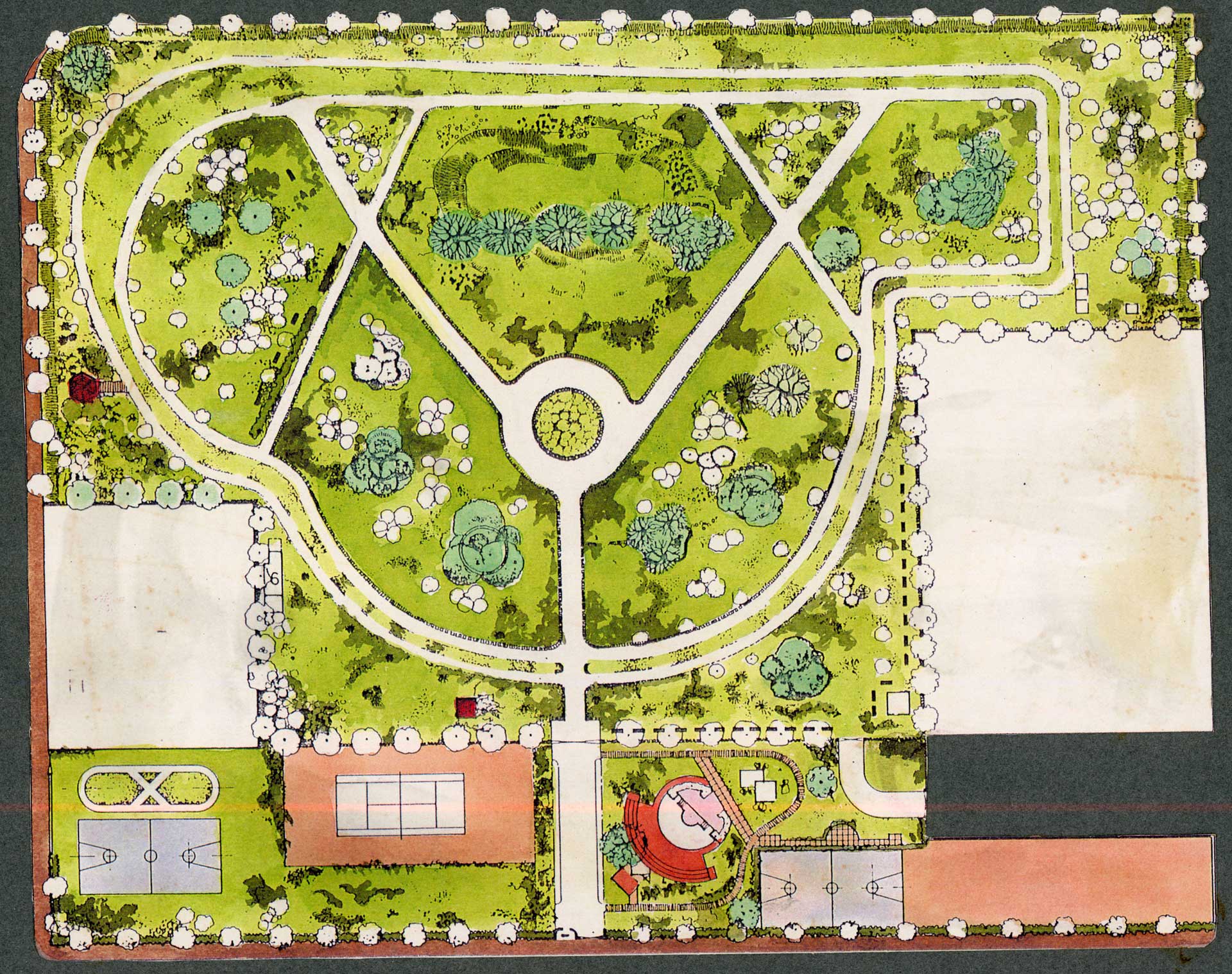
The transformation of the site, before and after, seamlessly incorporates diverse functions such as sports fields, courts, parks, footpaths, and roundabouts, creating a dynamic and multi-functional space.
Over the years, the seafront was transformed when parts of it were reclaimed, replacing mangroves with a refuse dump. The dump, over time, became encroached upon with informal settlements and quarters for Public Works Department employees, leaving the small piece of land where Colaba Woods now stands as the only open space from the original reclamation.

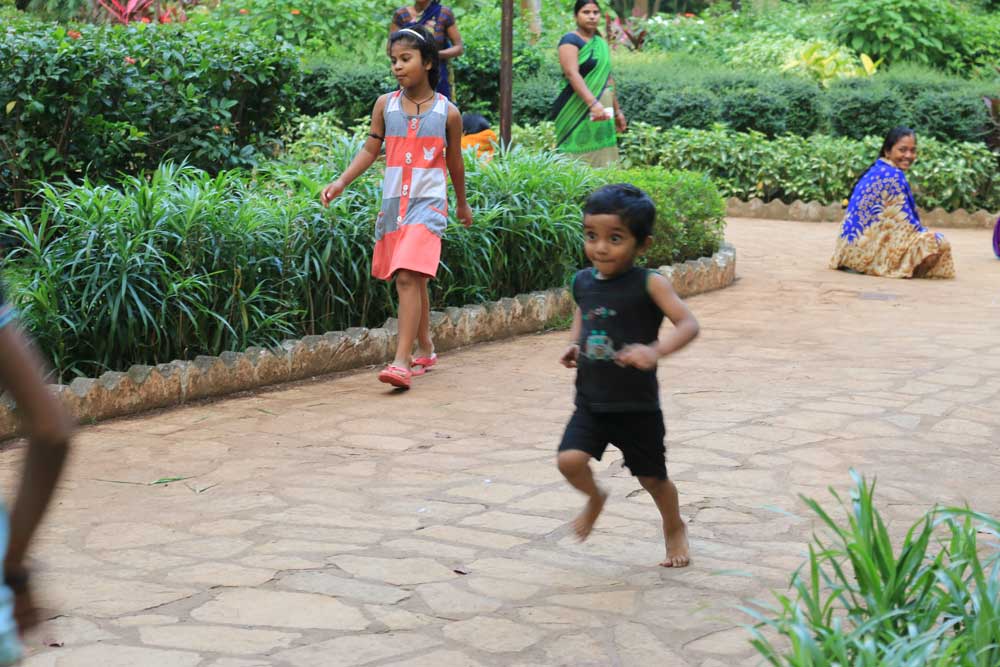
A few concerned citizens were apprehensive about losing this last remaining open space to encroachment or development. There was a need for a green lung in the area and the Tata Electric Companies were requested to fund the conversion of this eight-acre plot into a public park. This initiative was a significant step toward preserving the space and ensuring it would serve as a vital green area for the community, preventing it from being overtaken by developers.
The project was one of the first public-private partnerships in Mumbai, where private citizens collaborated with the Municipal Corporation of Greater Mumbai to design a public space for the community. This partnership resulted in relocation of the PWD quarters and the process of transforming the area into a people’s park began. There were negotiation with the government to reduce water and electrical charges and utilization of treated grey-water from nearby housing complexes for irrigation, ensuring the park's sustainability.
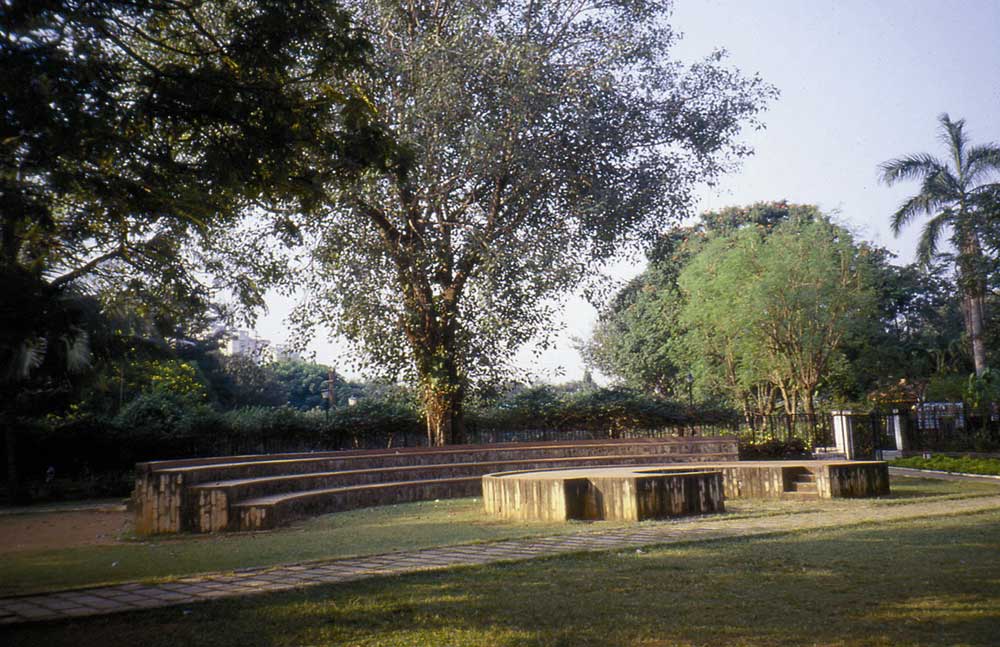

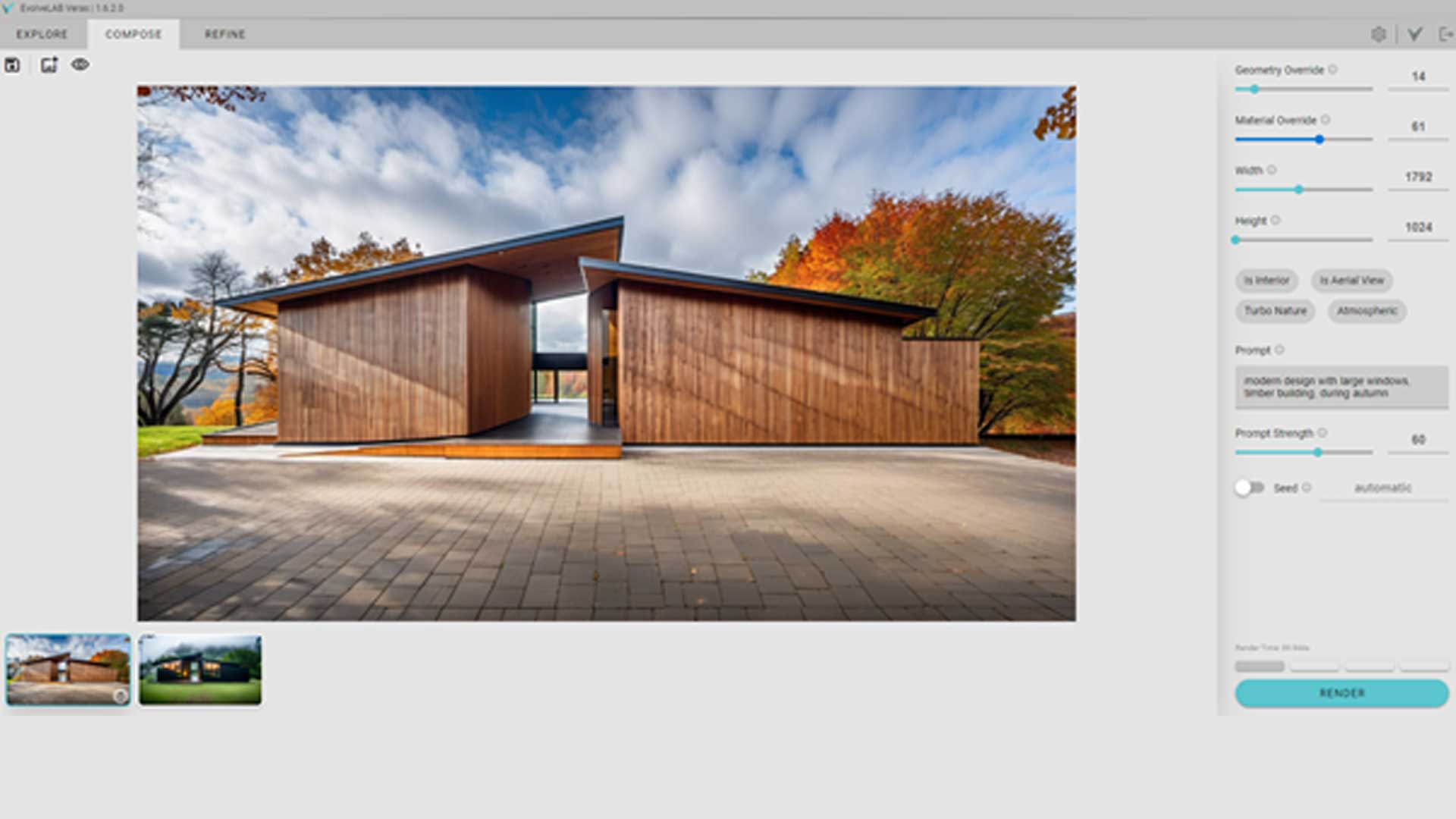
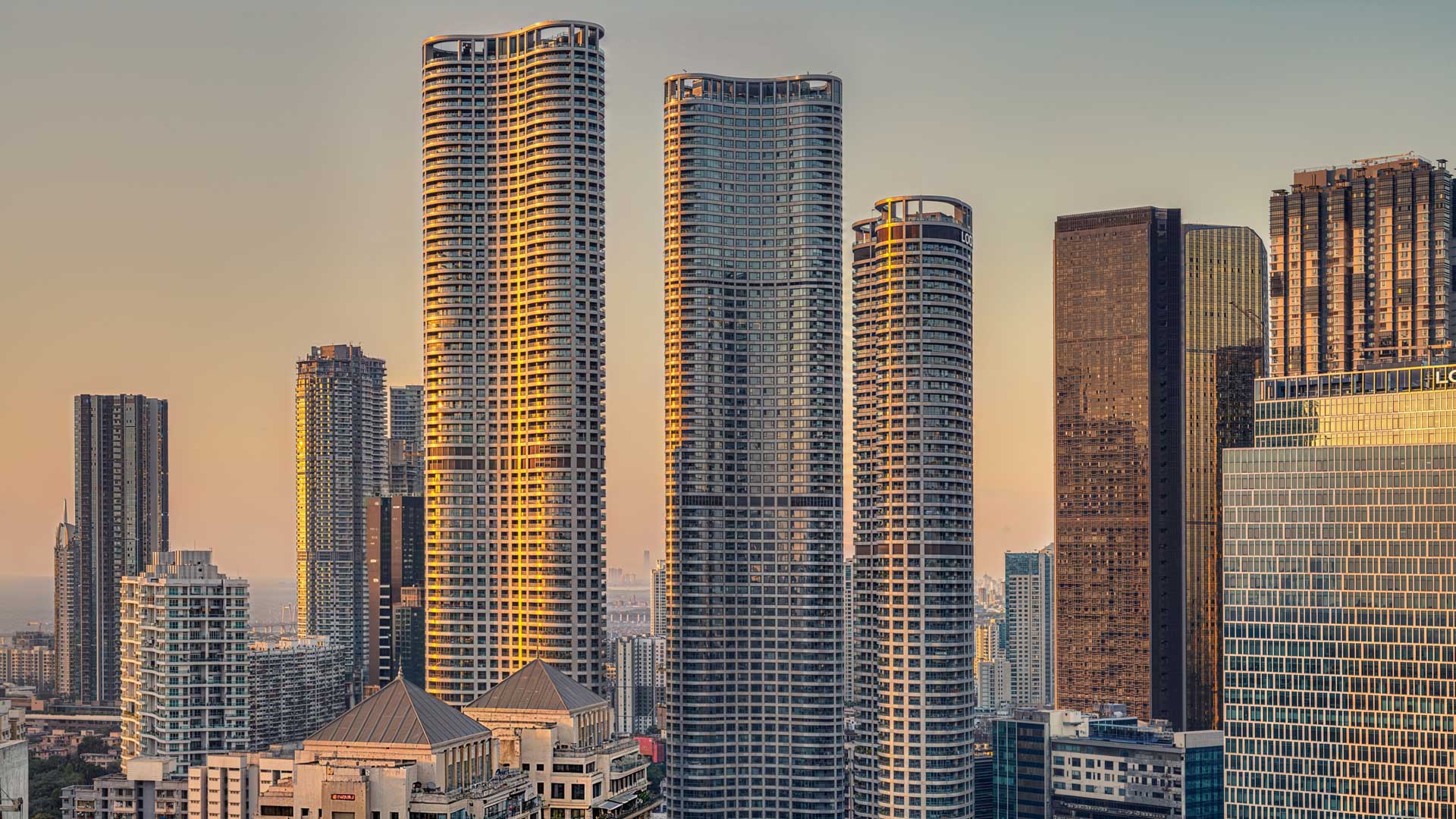
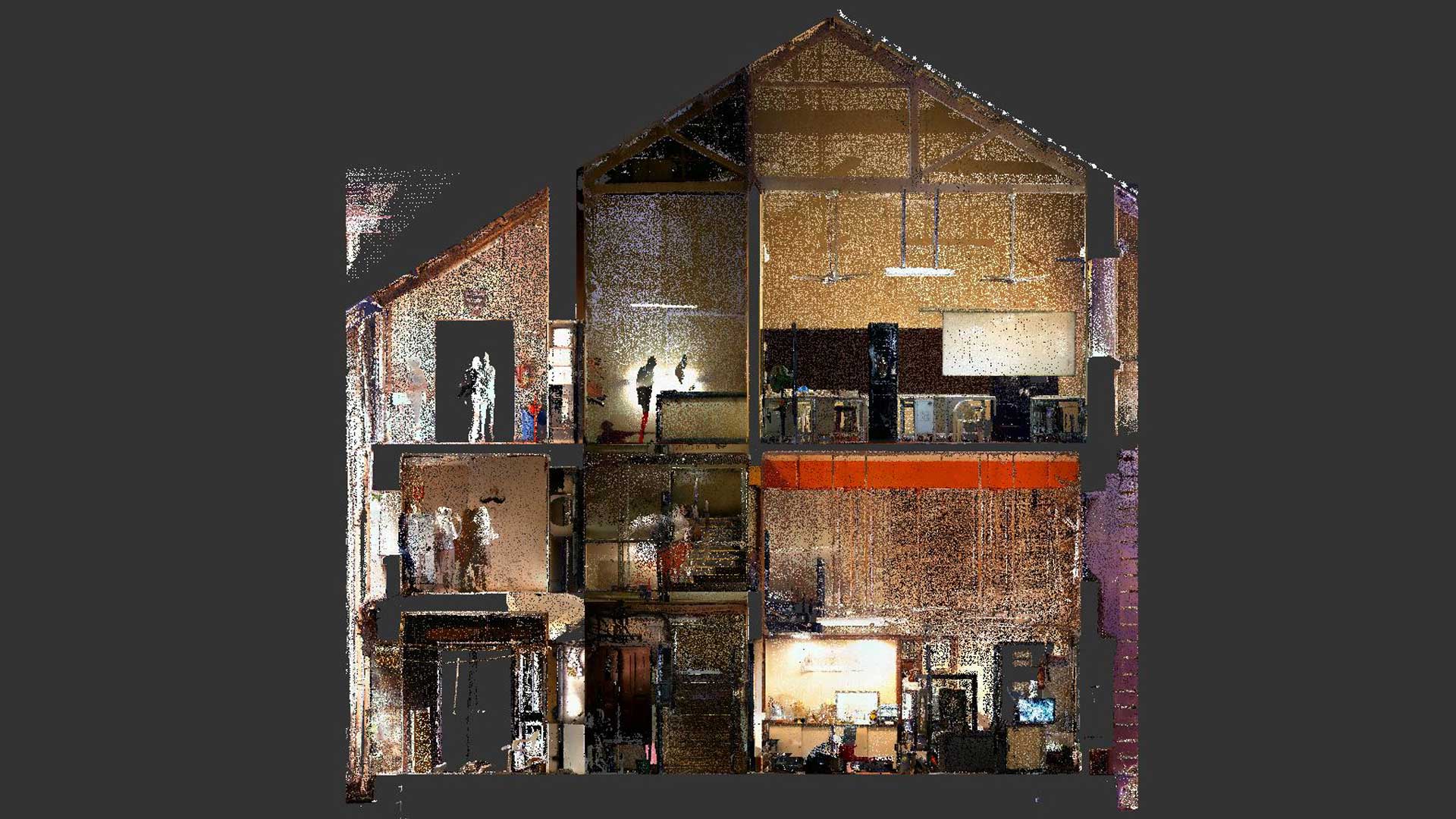
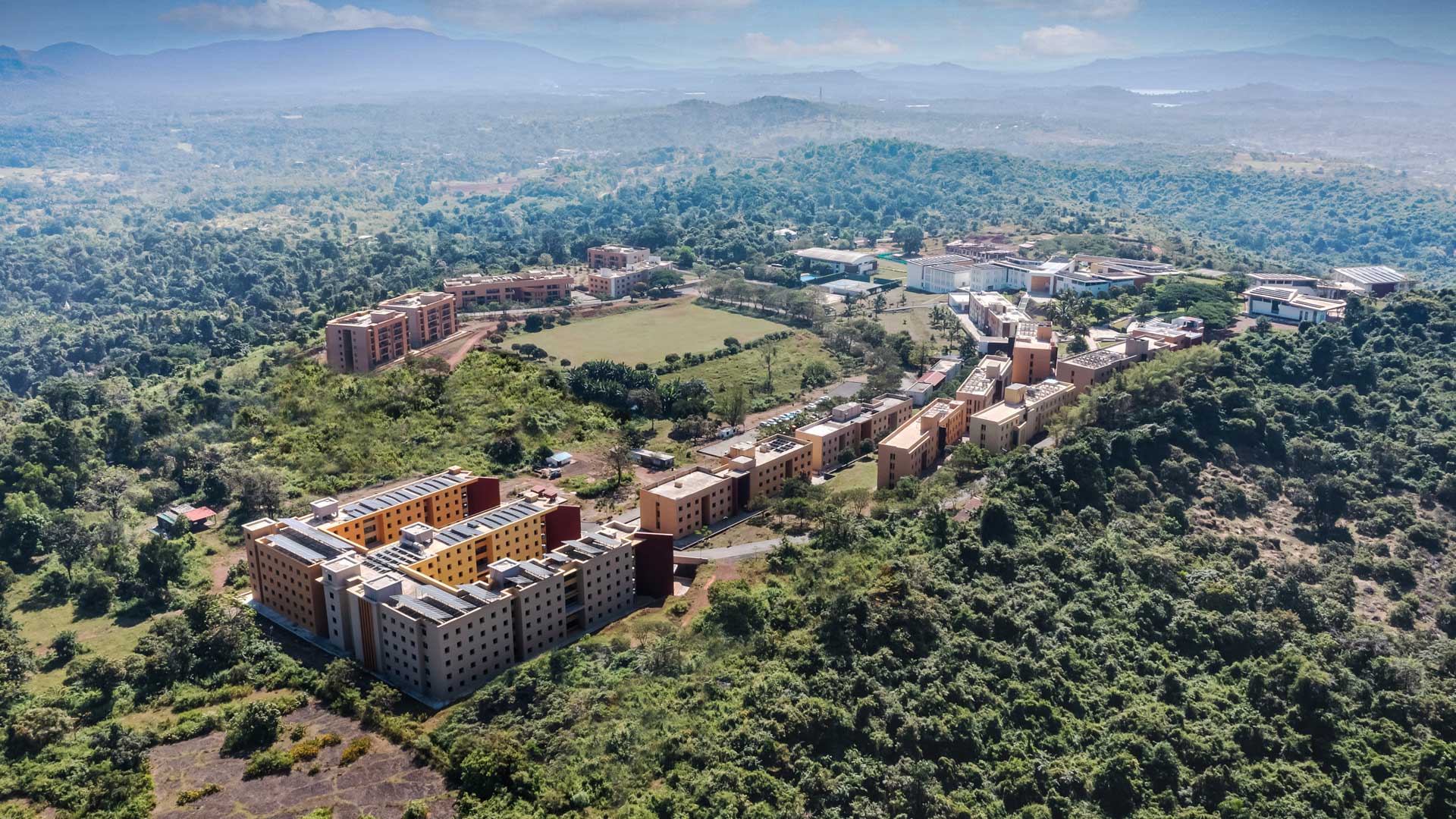
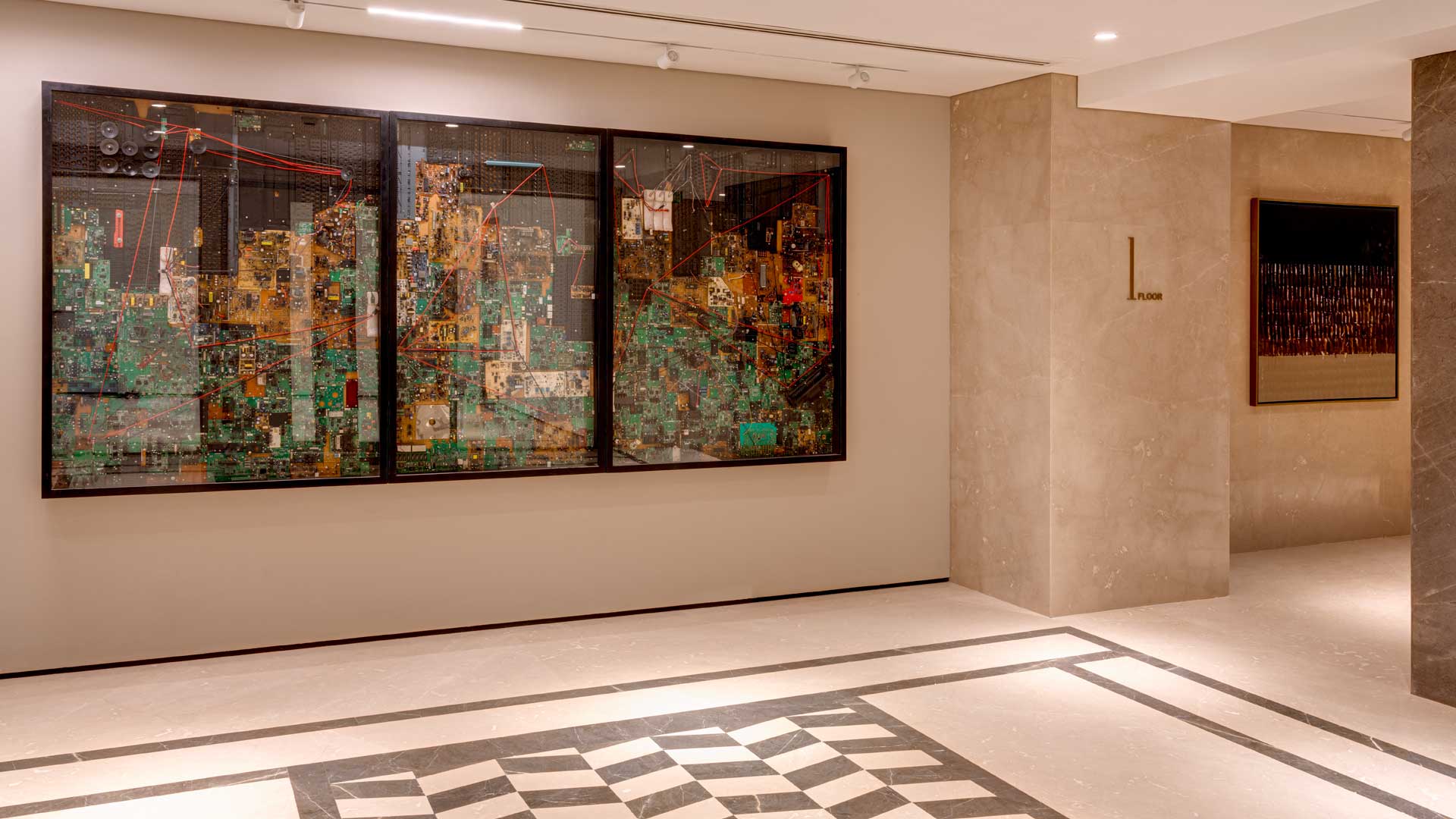
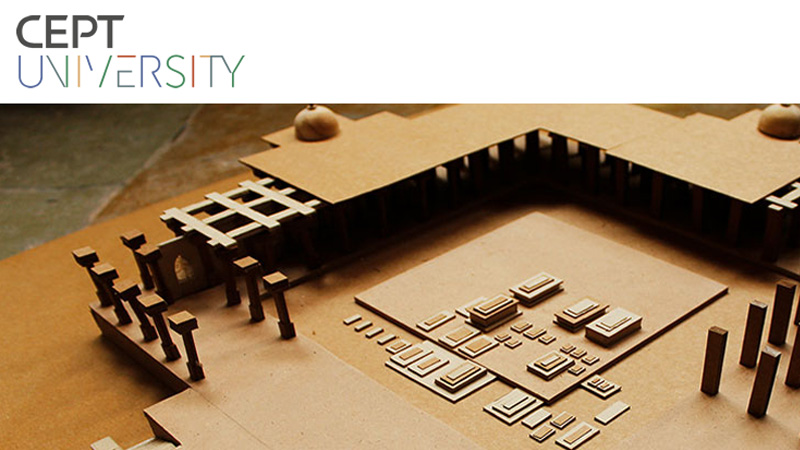
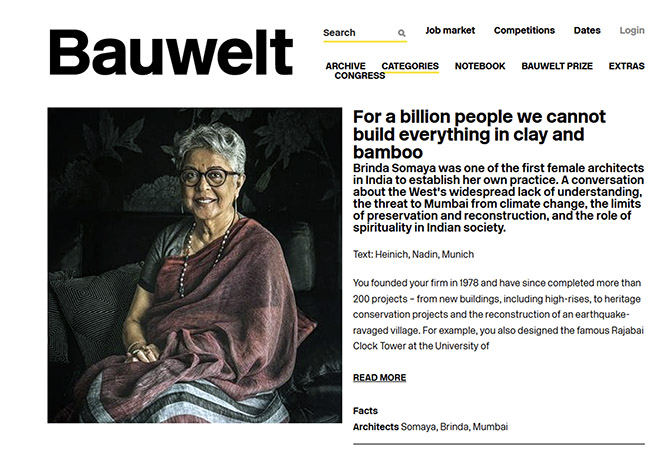


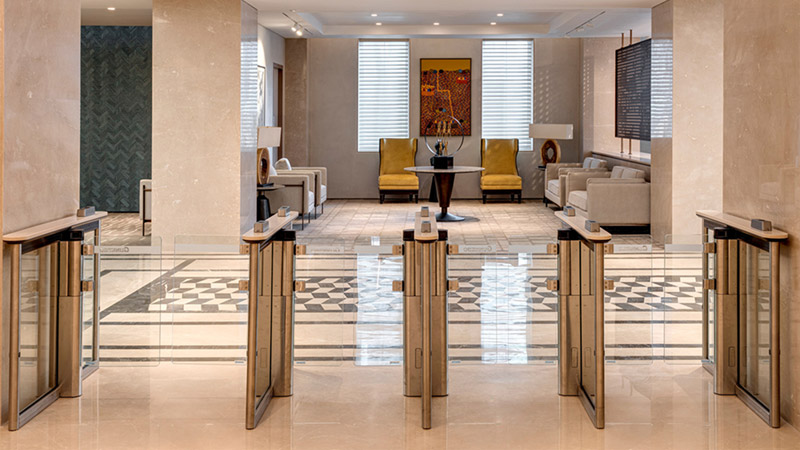
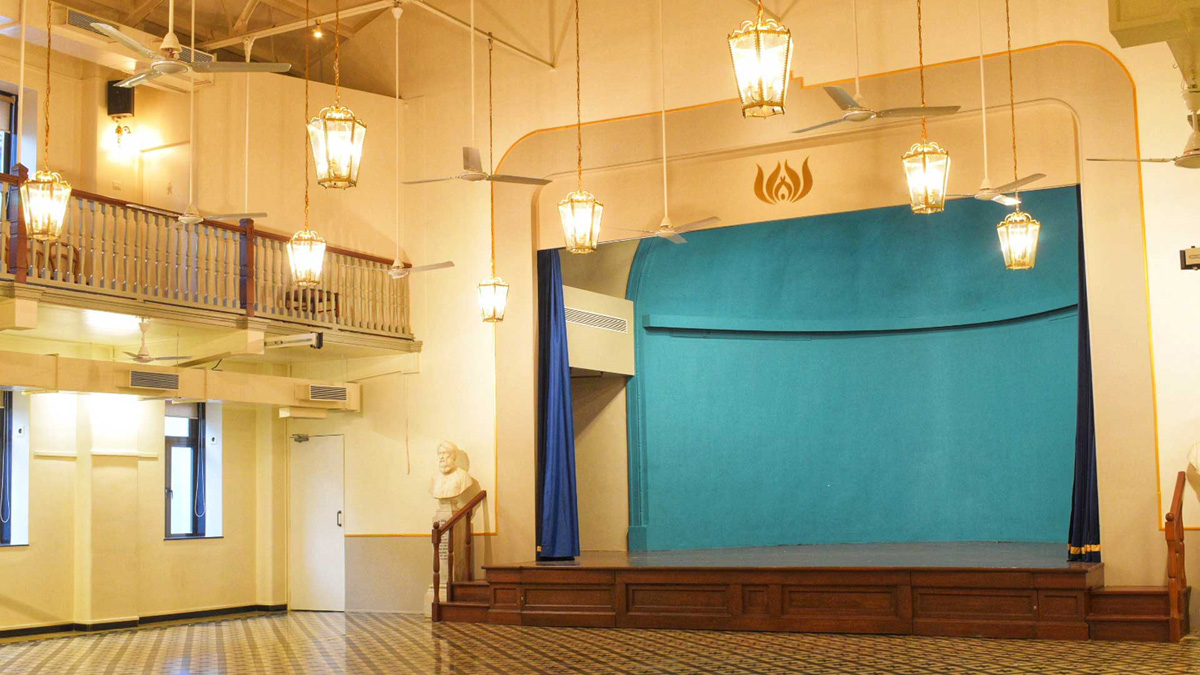
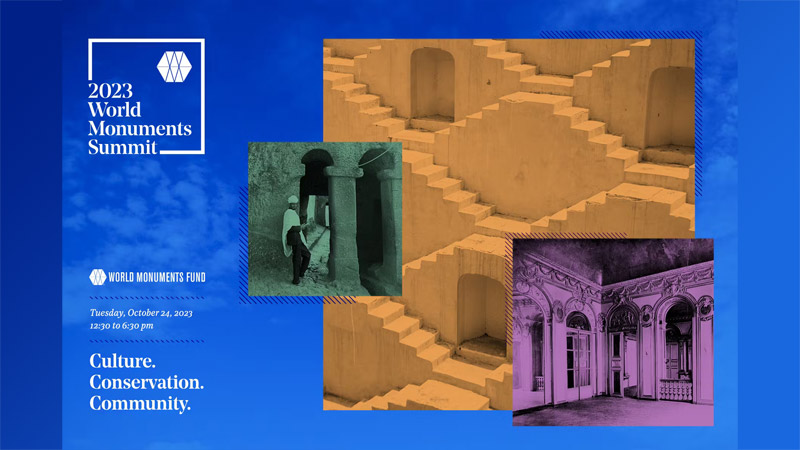
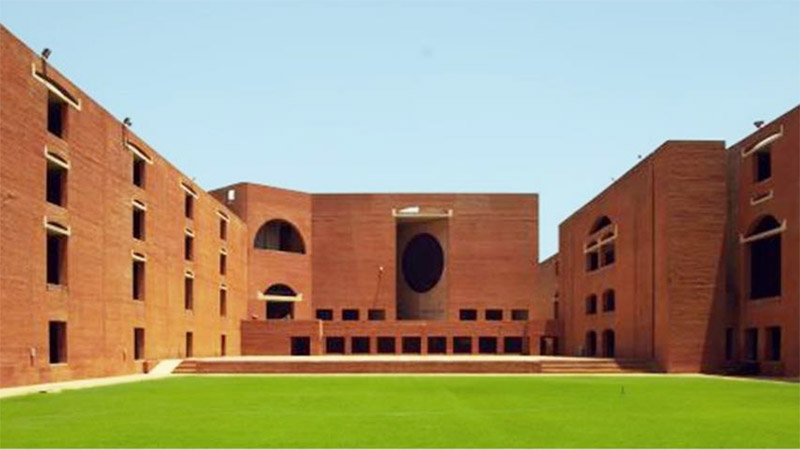
.jpg)
